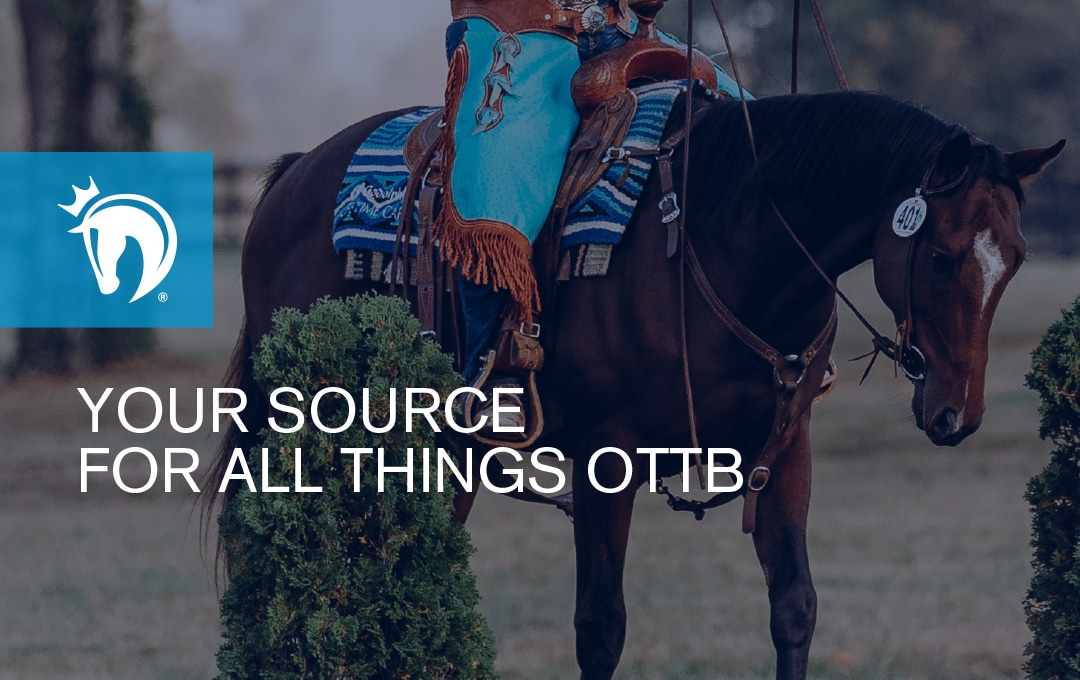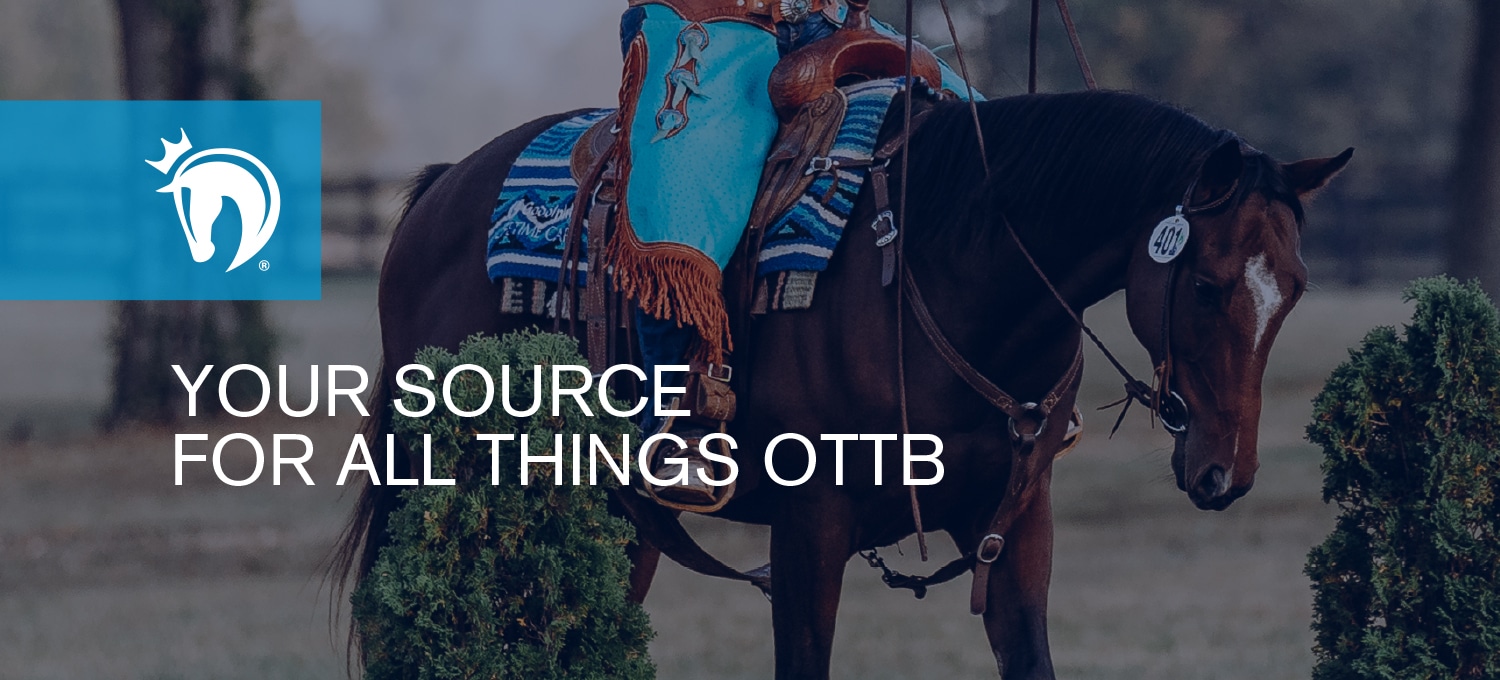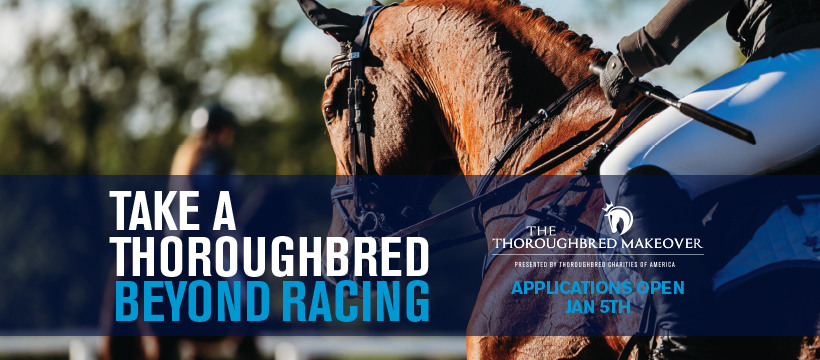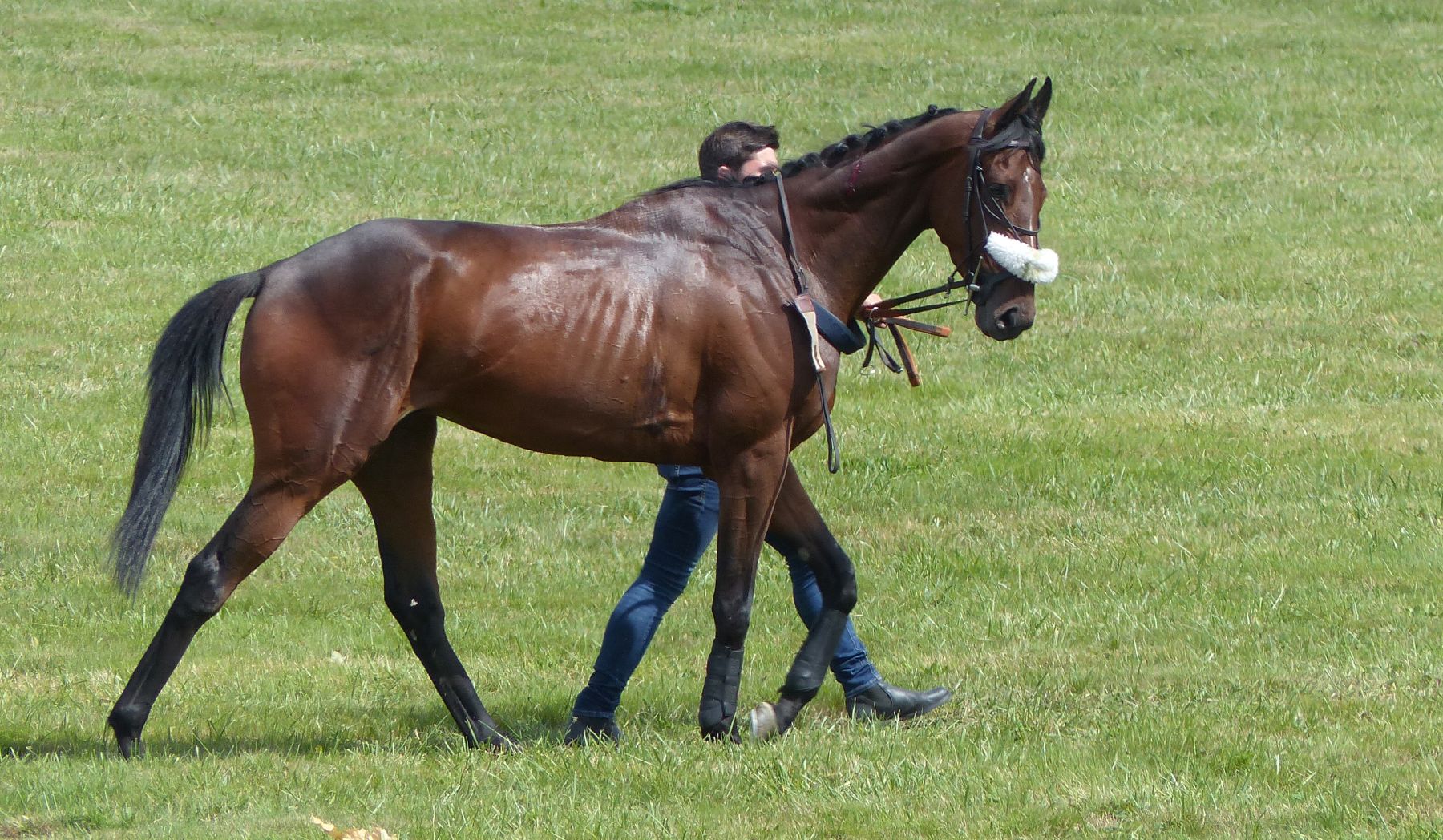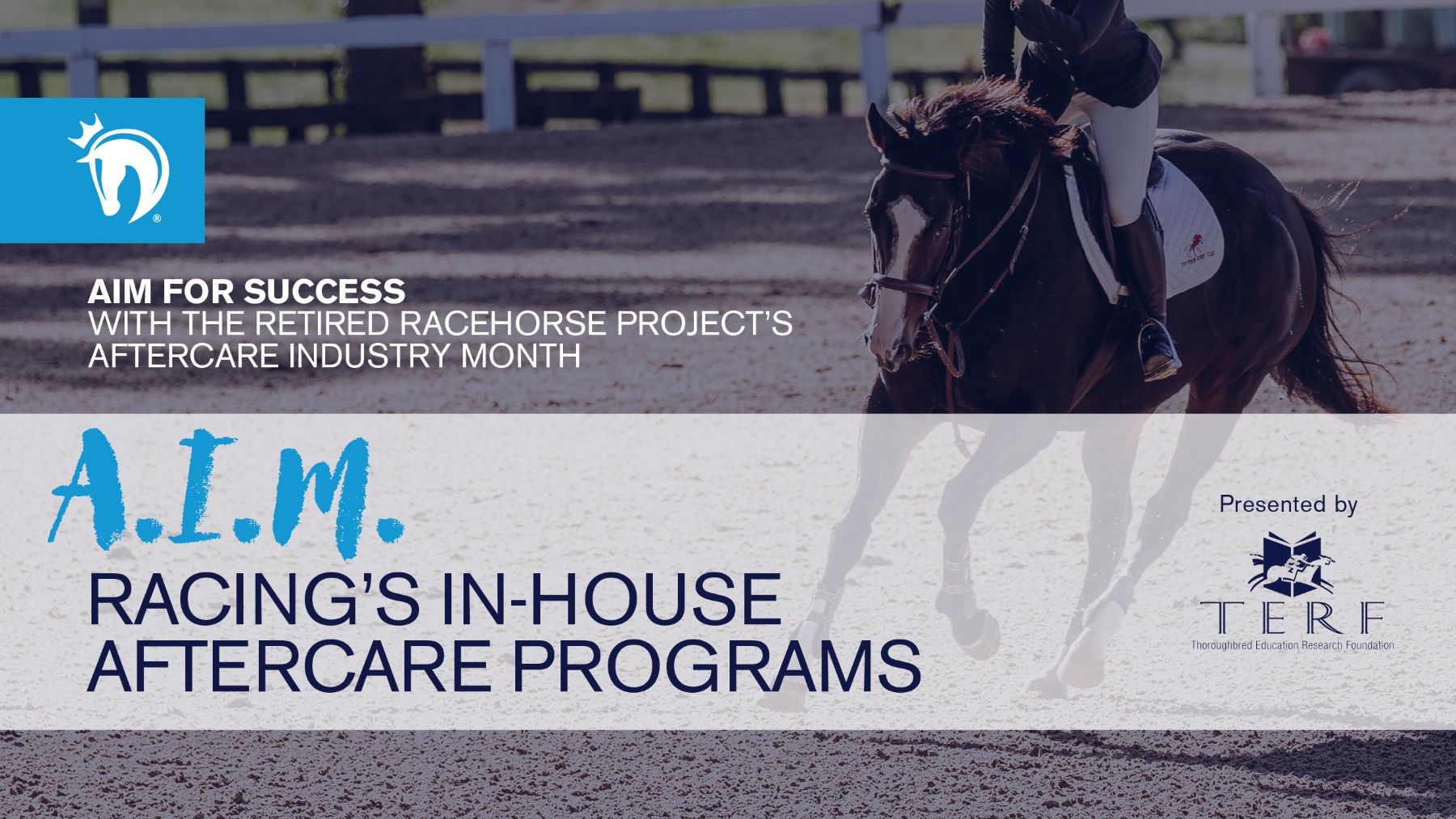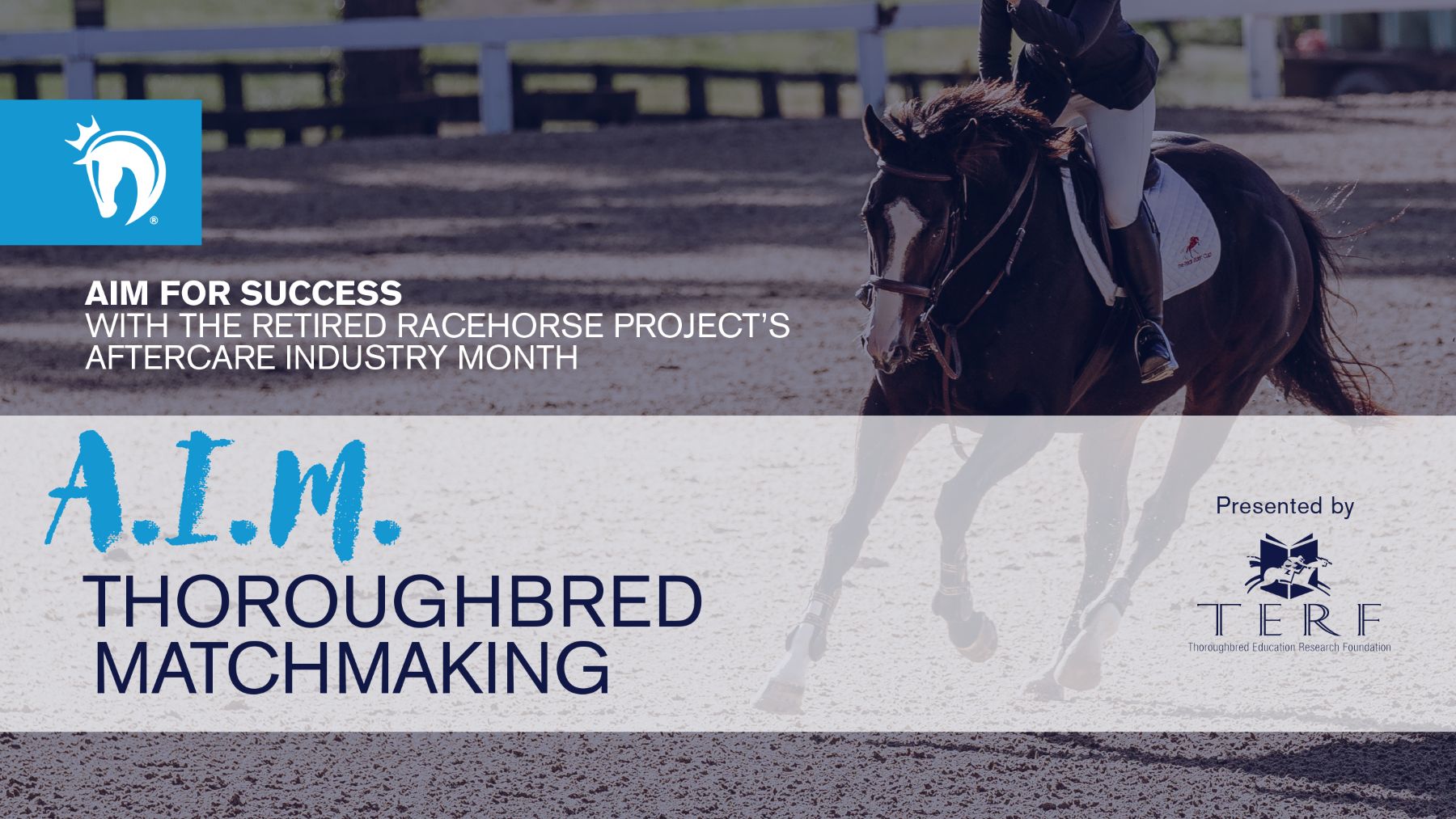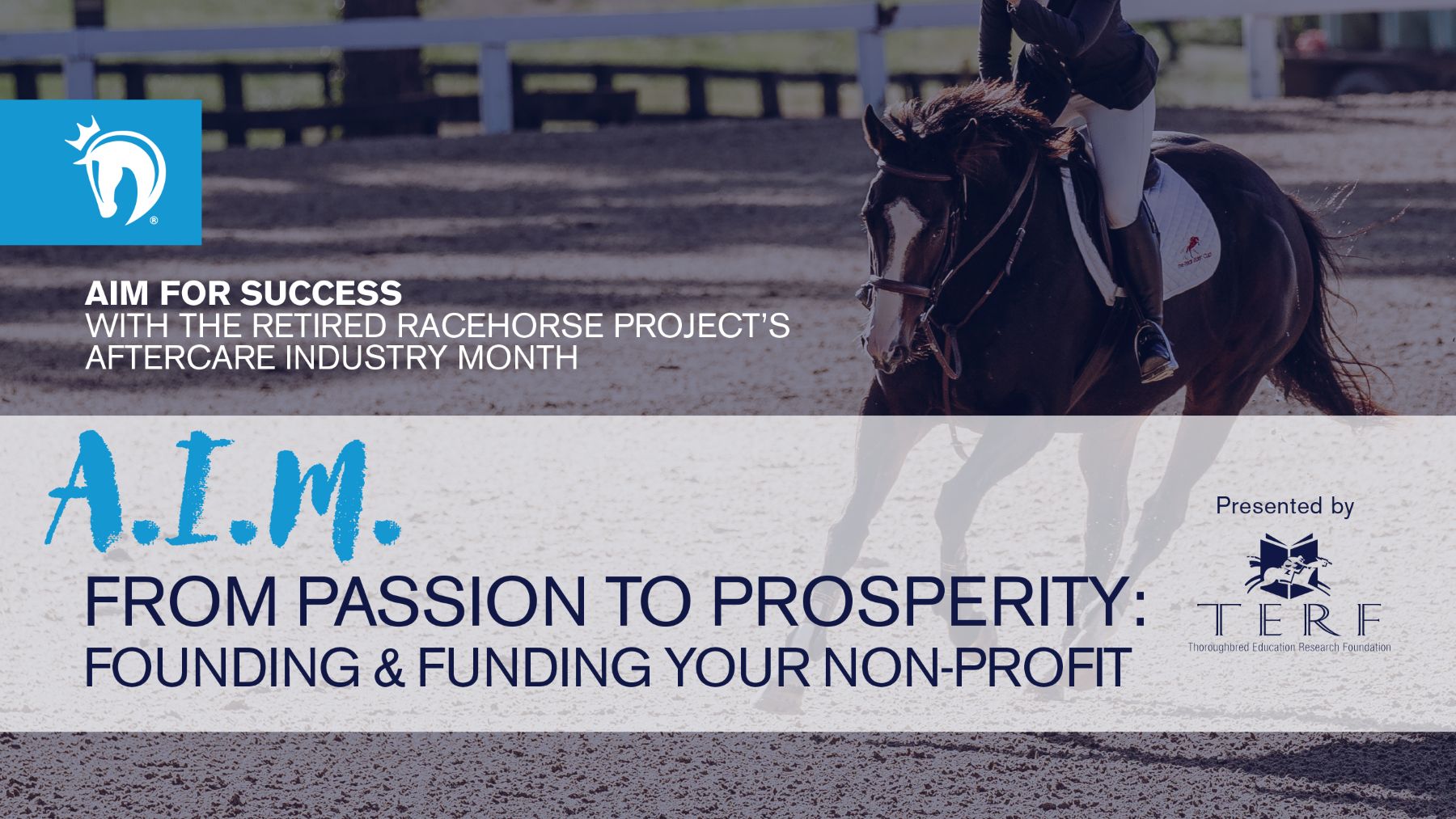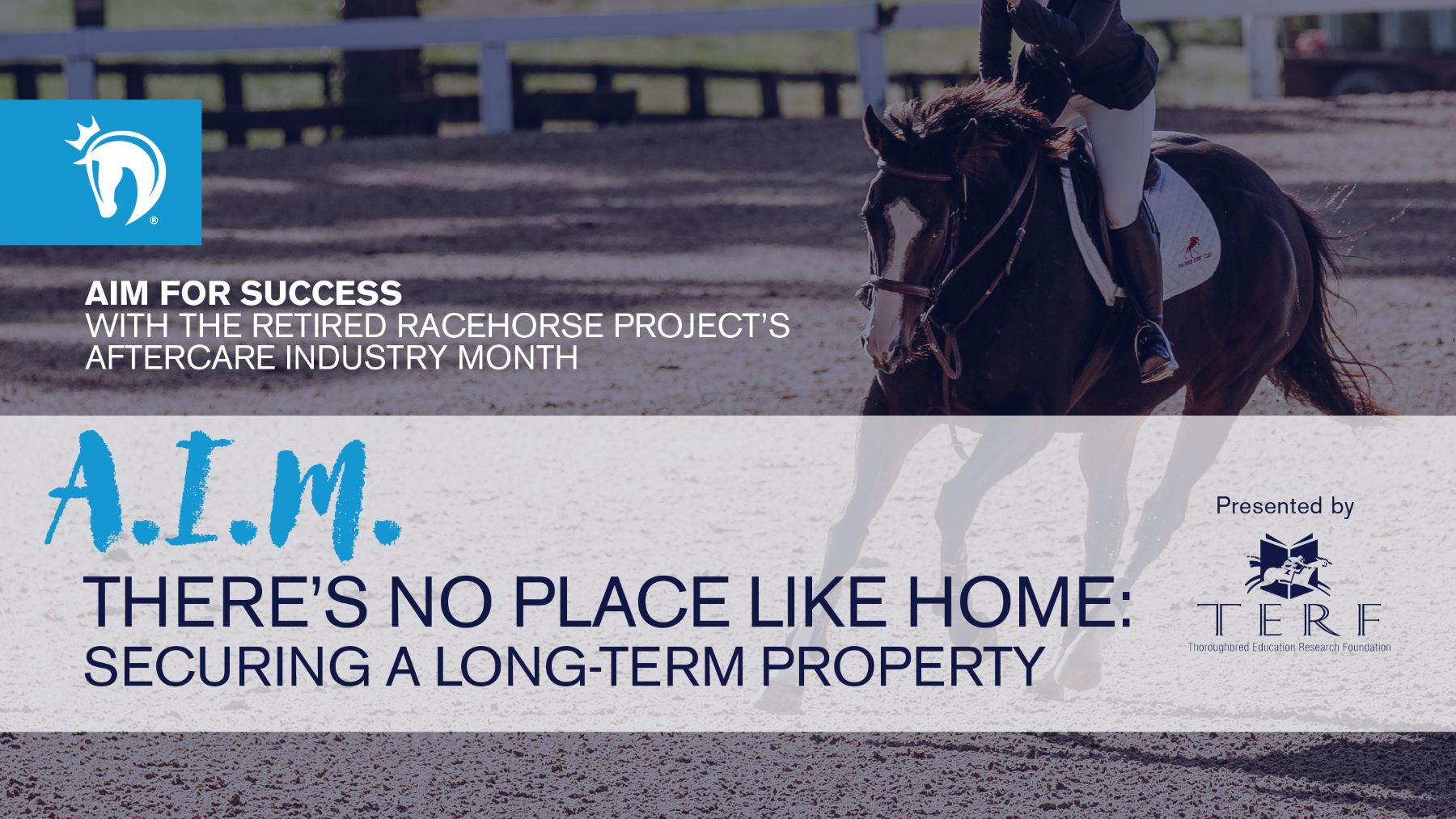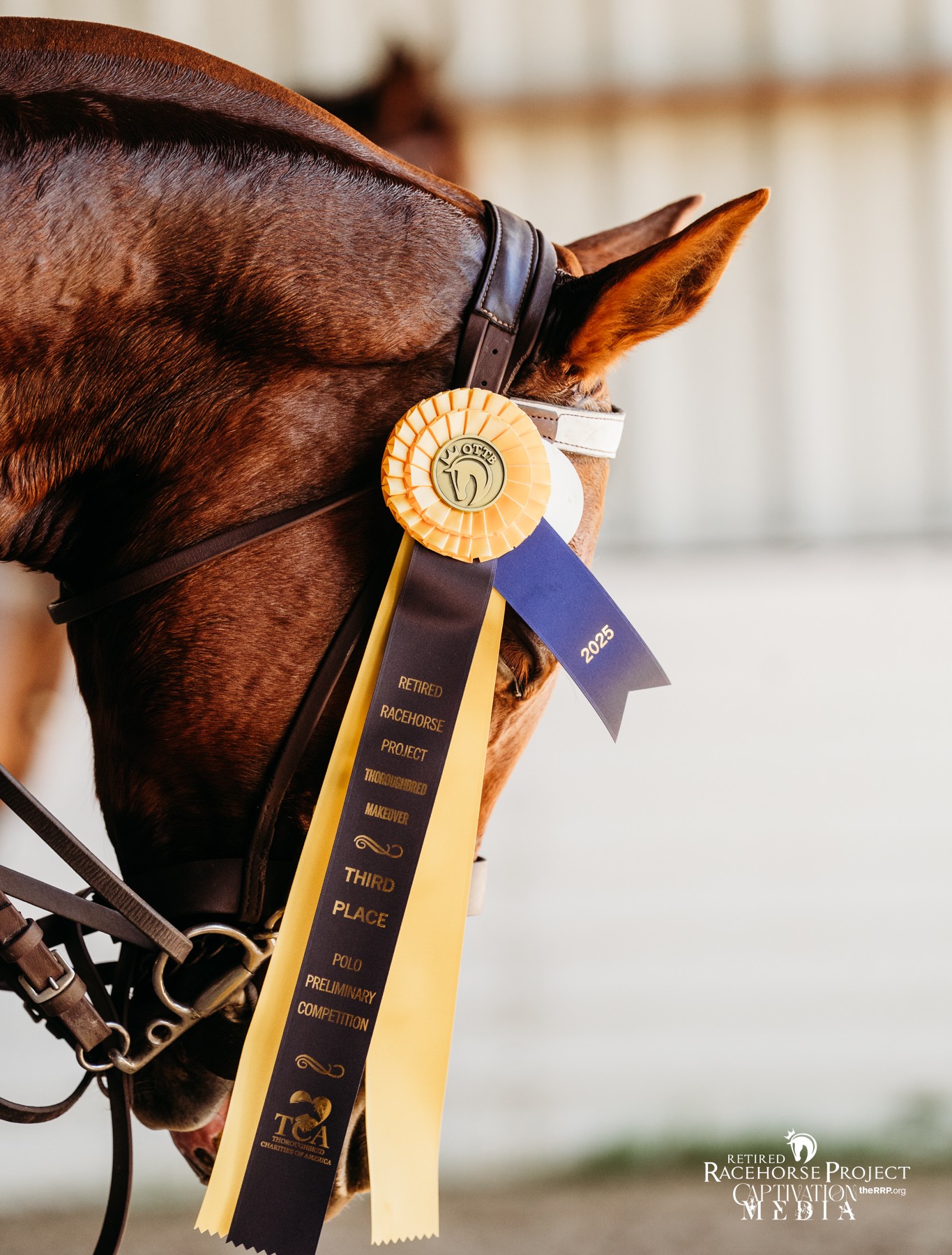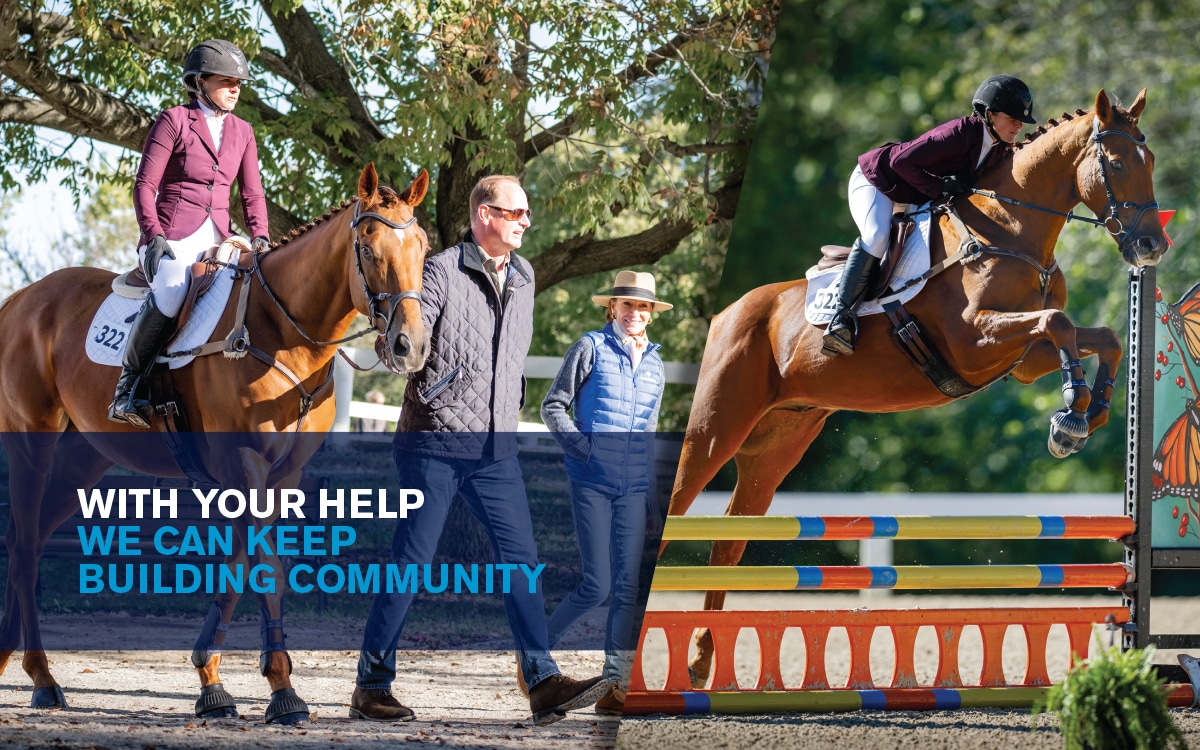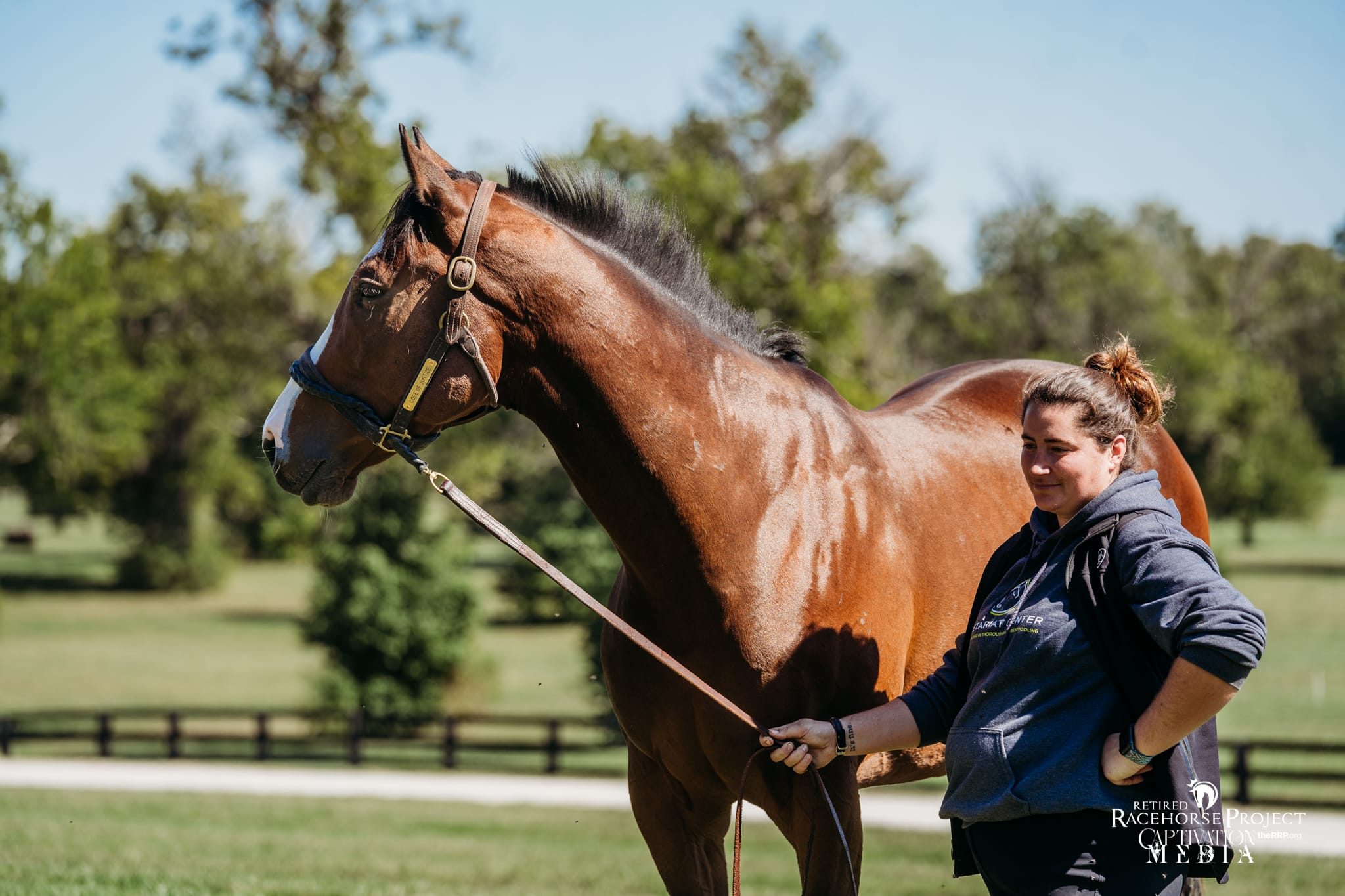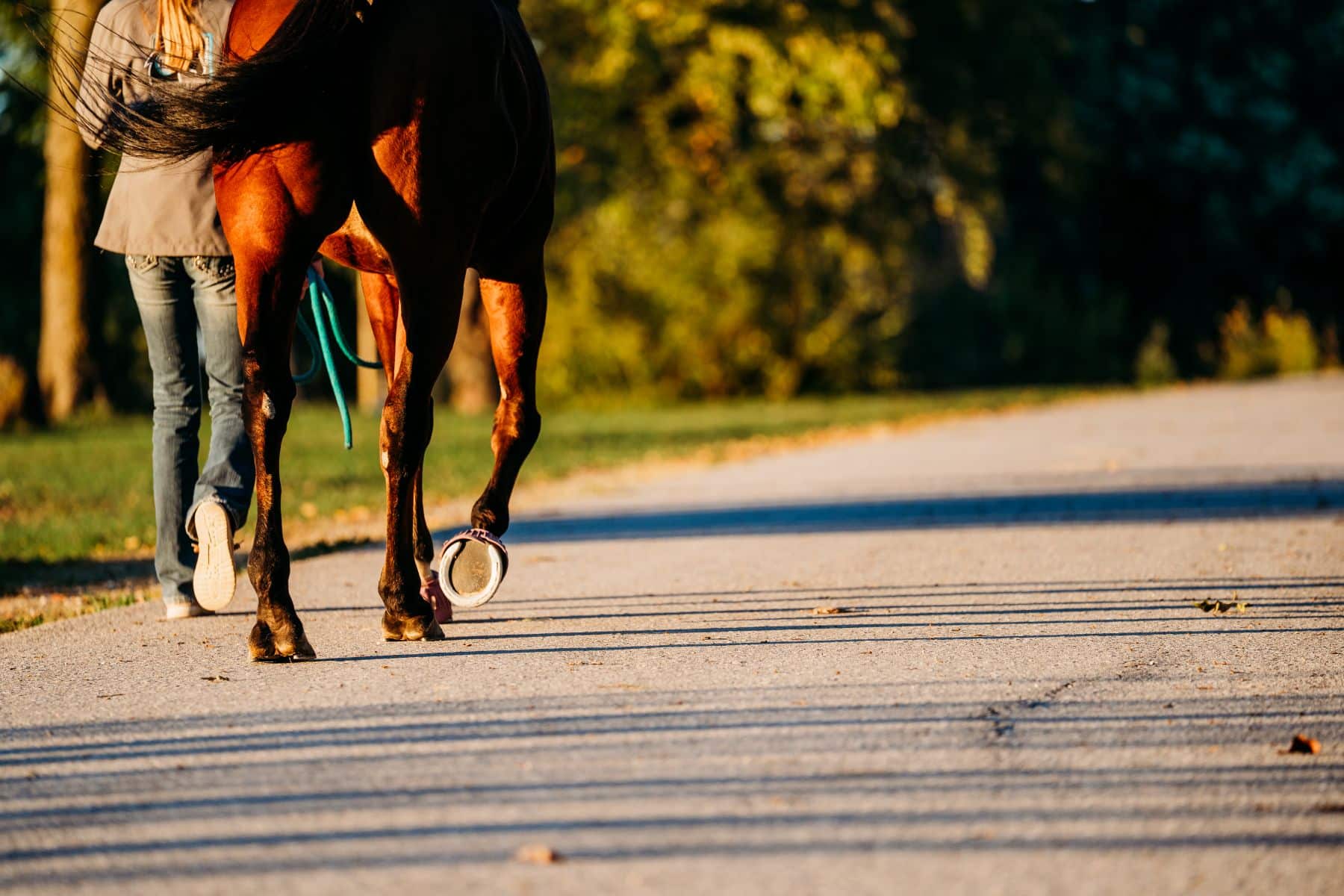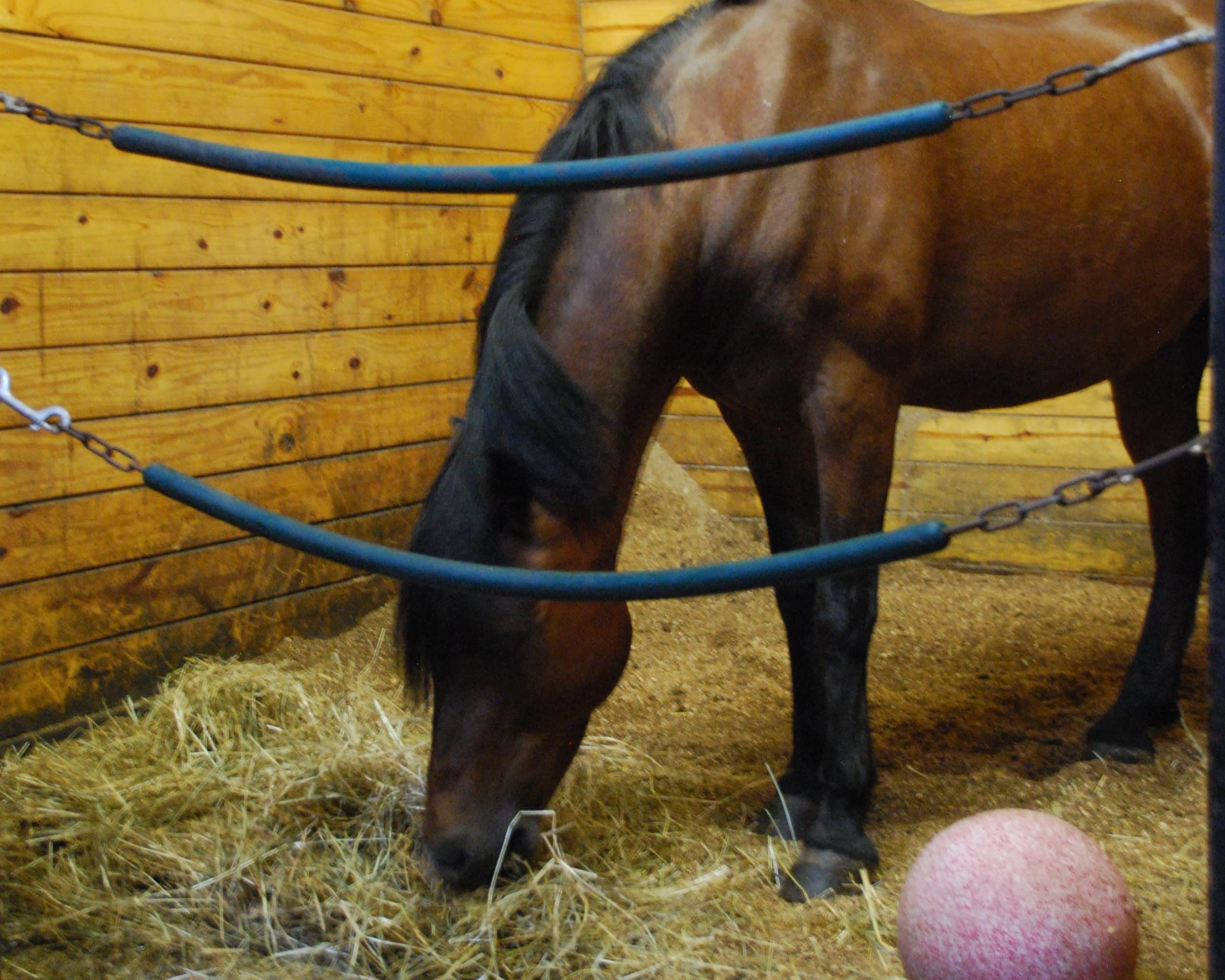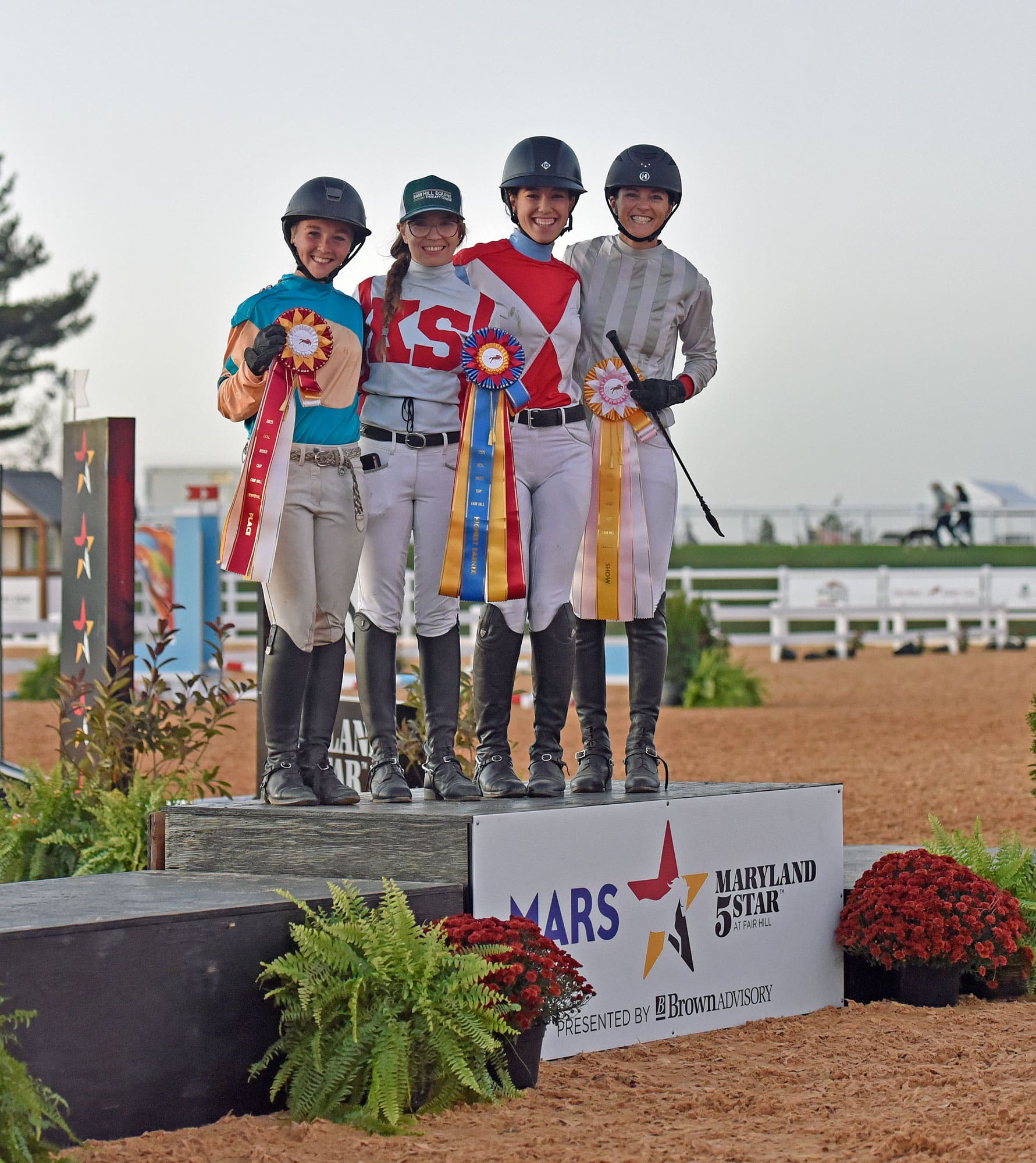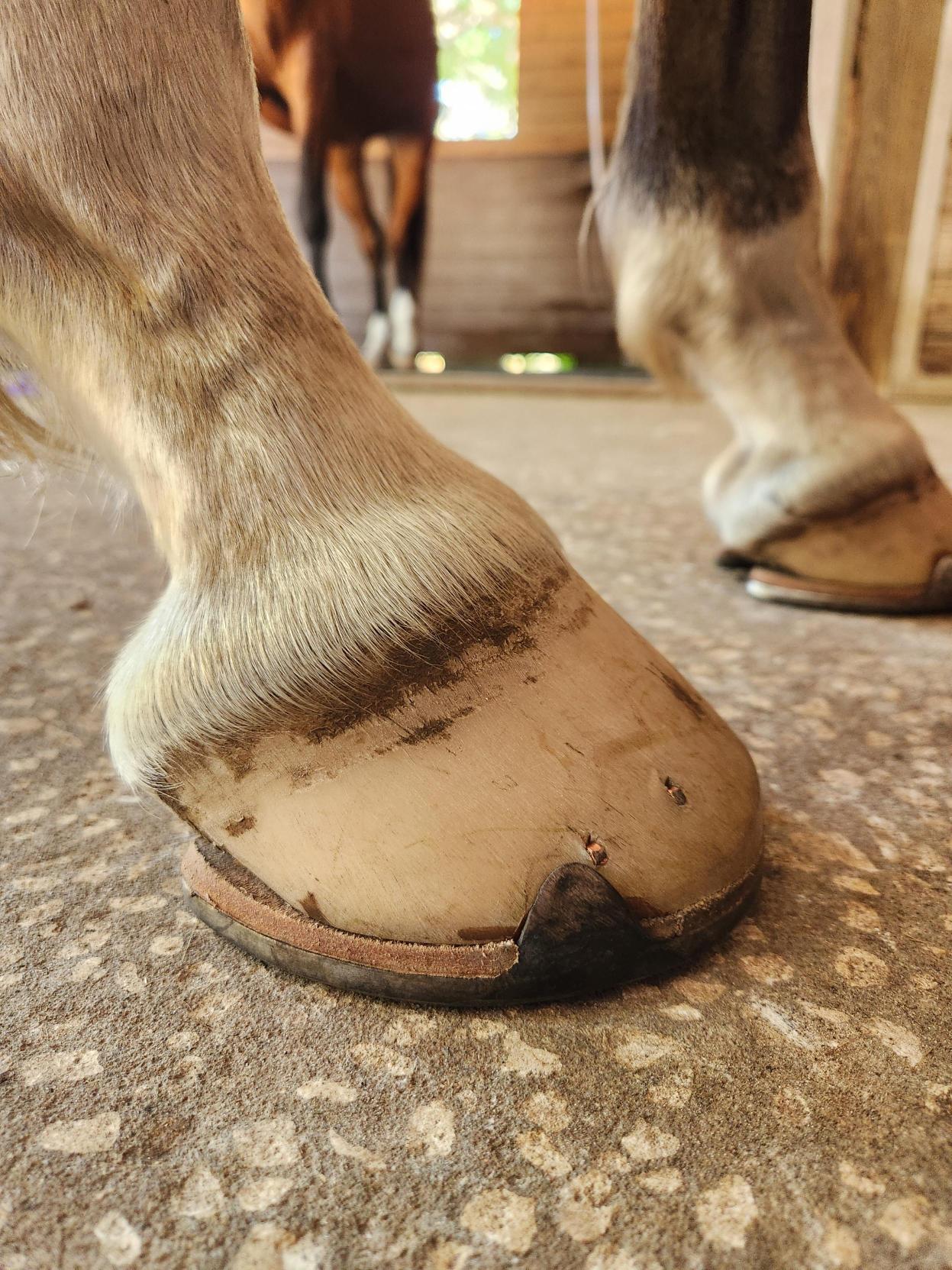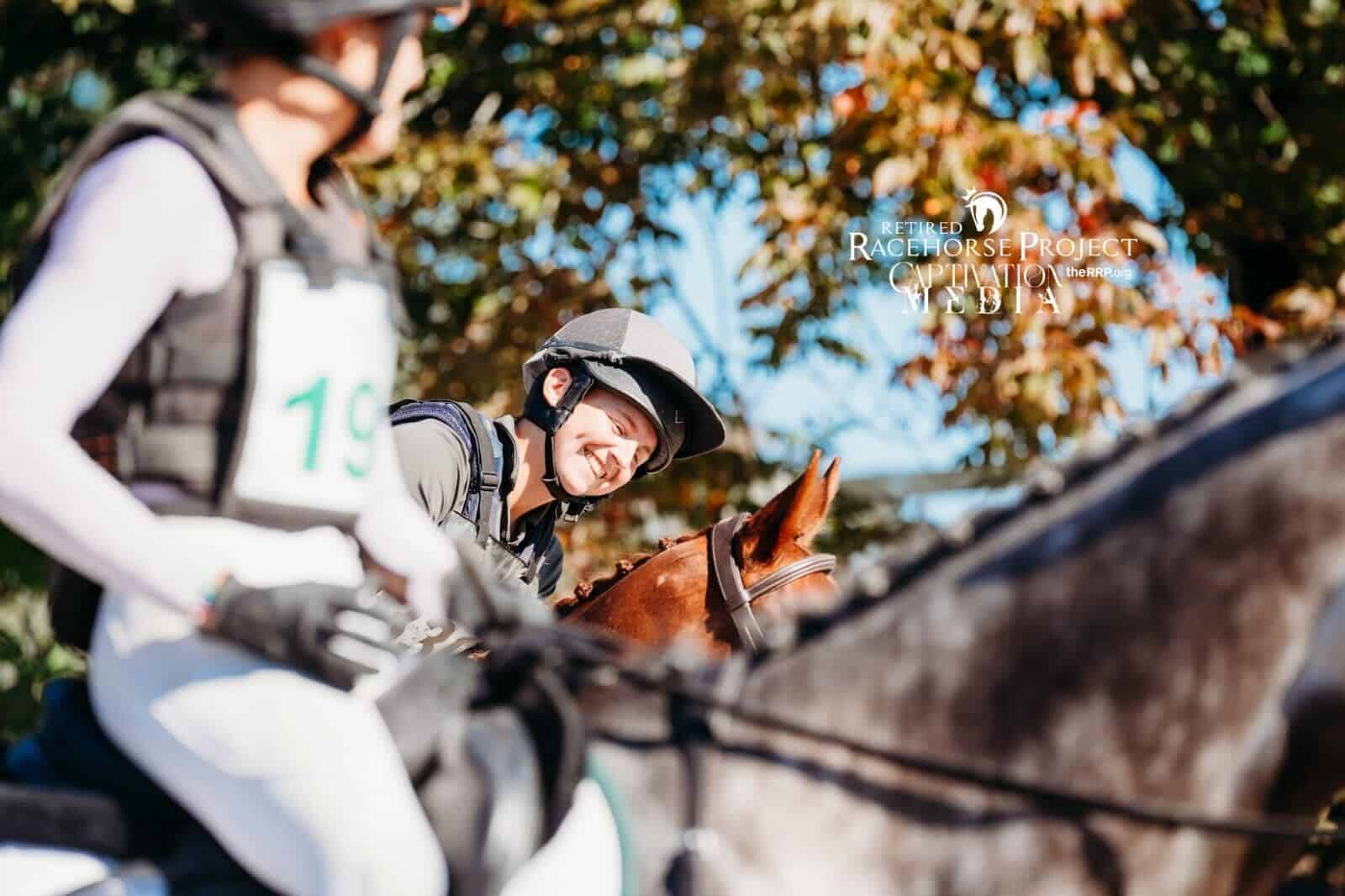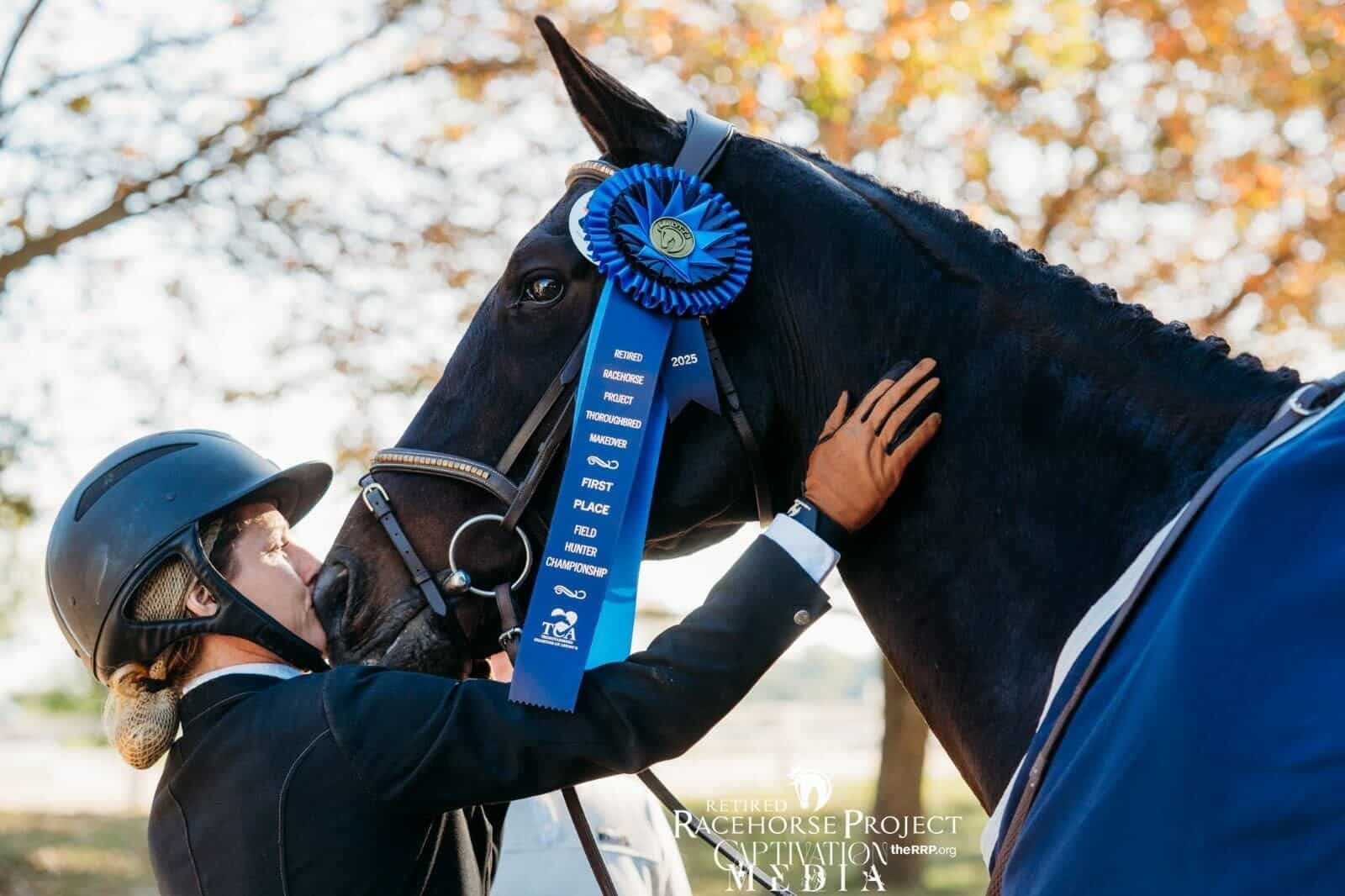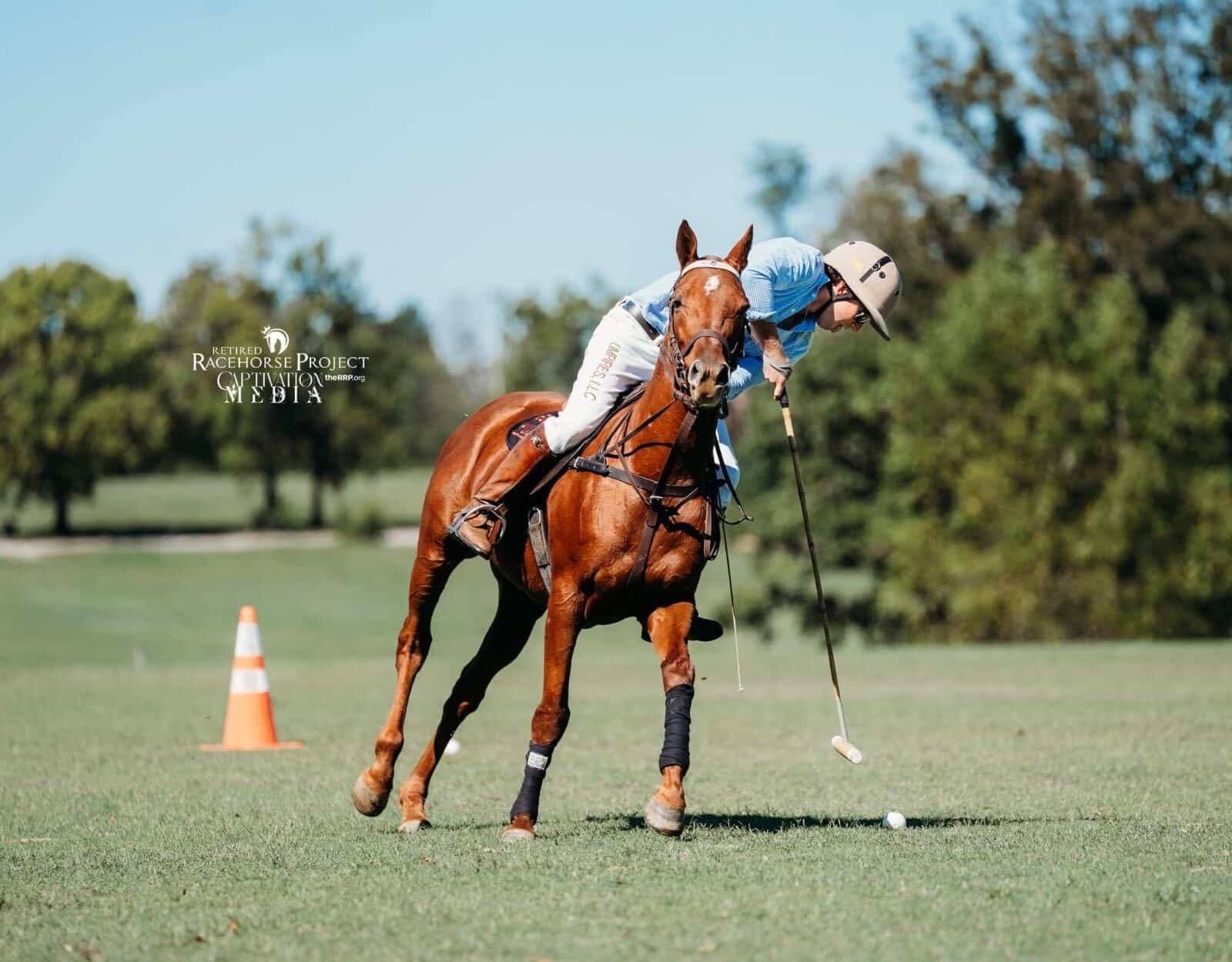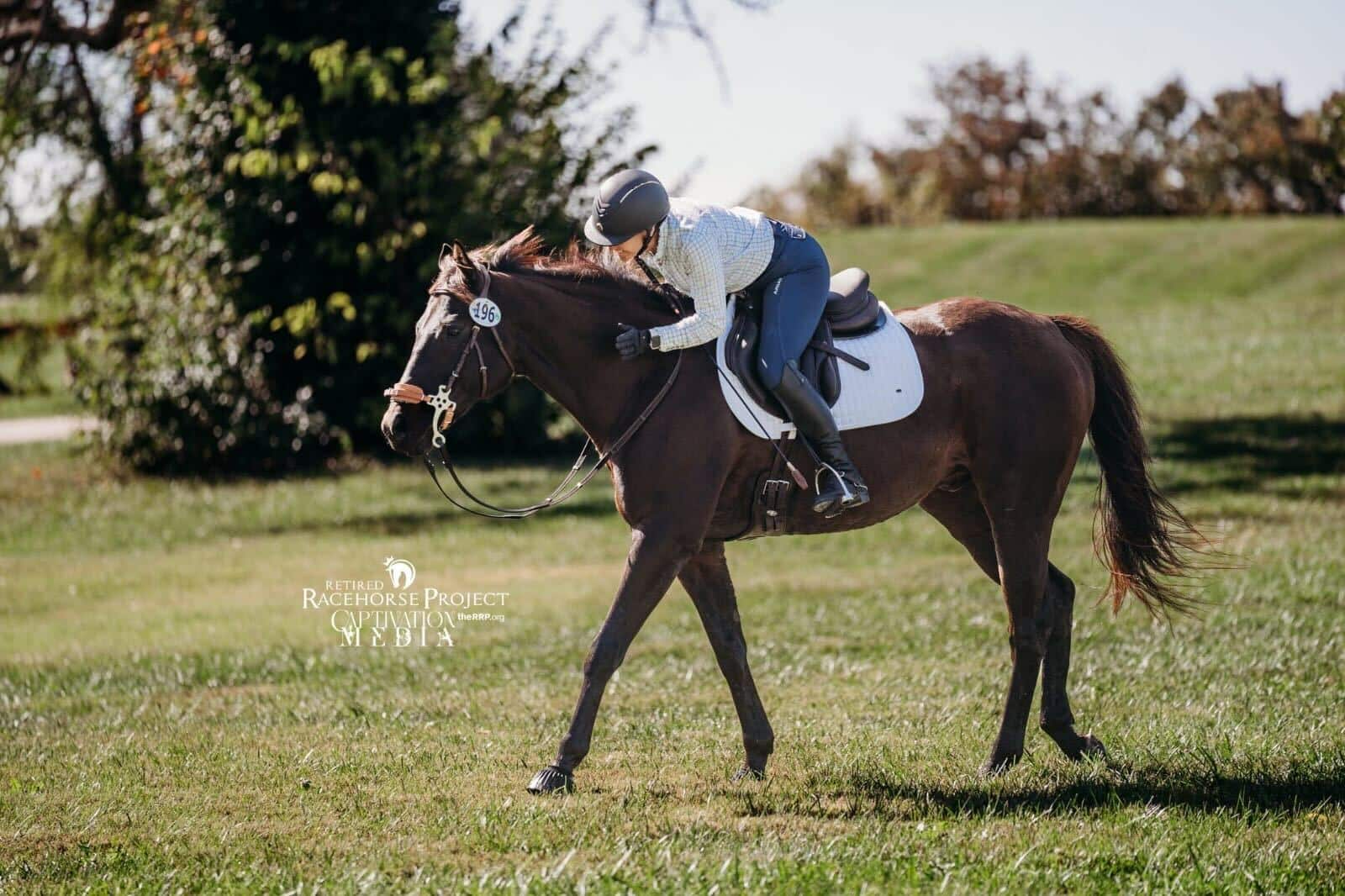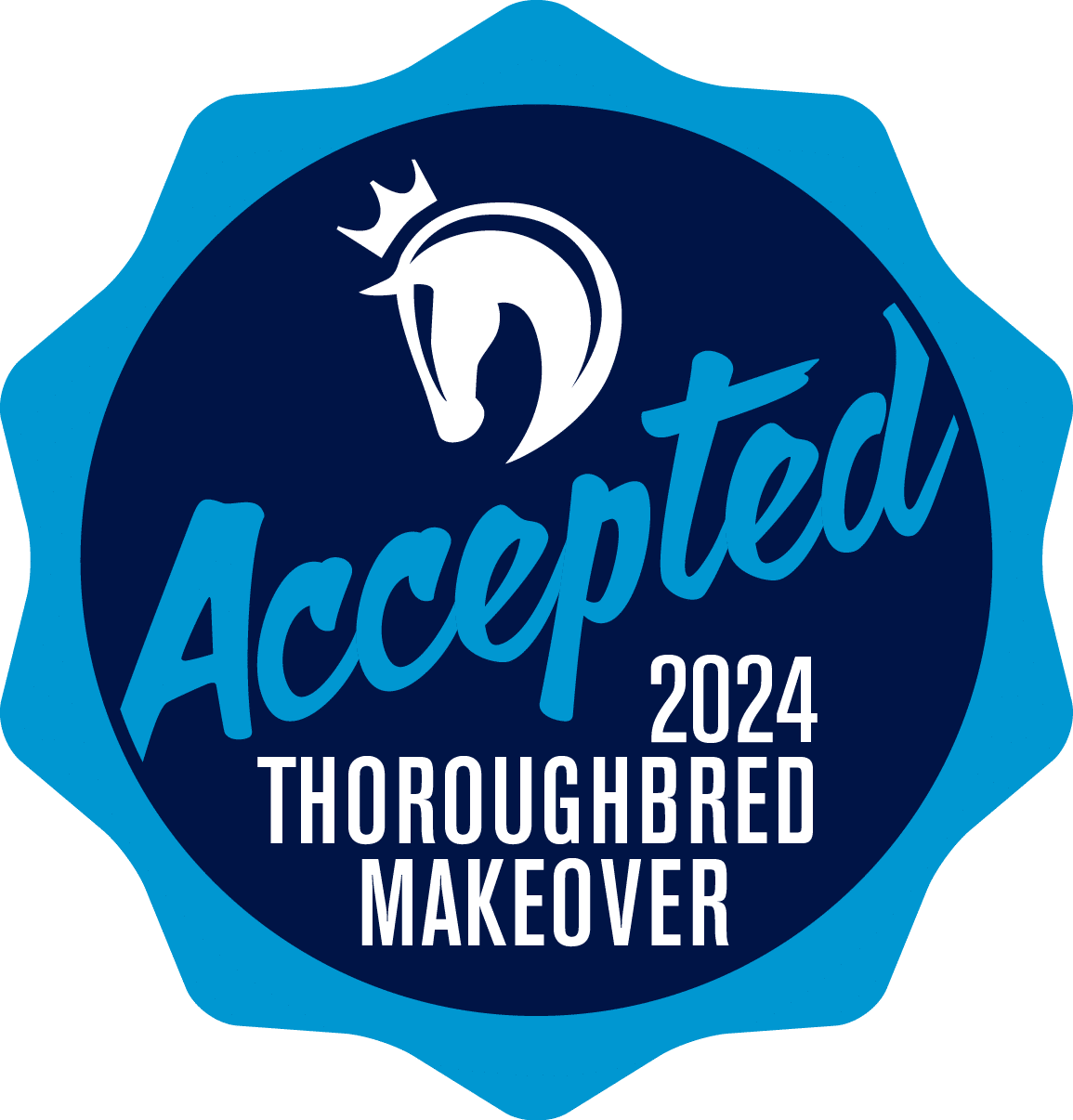My Morning with Rodney Jenkins
August 07, 2014Unsure what to expect we walked in to Barn 9, and were greeted by Mr. Jenkins himself. I had been a huge fan of his for many years, fascinated by his show jumping career and his transition into the racing industry. His passion for the thoroughbred was something I had only read about, and it was an honor to see his passion in action.
I had grown up loving horses. When I was 12, my parents bought a 5 year old off-the-track thoroughbred from a local rescue group. This OTTB sparked my love for retired racehorses. He was a little 15.2 bay, with a lot of attitude. He tested me every ride and pushed me to be the best horse person I could be. Over the years he has developed into a very well-mannered horse with a lot of talent. My own retired racehorse inspired me to work with horses for my whole life, I hope to one day retrain off-the-track thoroughbreds as a profession. Meeting Rodney Jenkins and hearing his stories of successful OTTBs was very encouraging.
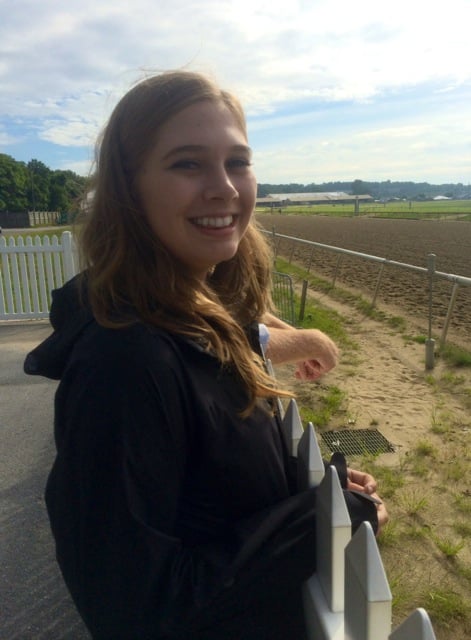 Sarah enjoying the best view at the track.We began the morning with a tour of the barn. He talked about each of his horses in training, pointing out some of his favorites along the way. We were introduced to all of his staff, who were extremely friendly and very respectful to us and Mr. Jenkins. Training started at 5:30, so Mr. Jenkins gave each of us a handful of treats and sent us down the aisle to get to know the horses before the day really began. I was amazed at how “normal” these horses were. I had imagined a racehorse in full training as high strung and maybe even aggressive, but each horse willingly stuck their heads over their door and gently took the treats. Some stayed by the door for extra attention, while others retreated back to their hay; it was interesting to see all of their different personalities.
Sarah enjoying the best view at the track.We began the morning with a tour of the barn. He talked about each of his horses in training, pointing out some of his favorites along the way. We were introduced to all of his staff, who were extremely friendly and very respectful to us and Mr. Jenkins. Training started at 5:30, so Mr. Jenkins gave each of us a handful of treats and sent us down the aisle to get to know the horses before the day really began. I was amazed at how “normal” these horses were. I had imagined a racehorse in full training as high strung and maybe even aggressive, but each horse willingly stuck their heads over their door and gently took the treats. Some stayed by the door for extra attention, while others retreated back to their hay; it was interesting to see all of their different personalities.
At 5:30 we watched a couple of the exercise riders mount in the horses stalls and walk down to the track. We followed Mr. Jenkins down to the track, where we stood in front of the Grandstands to watch the horses train. He made jokes about how different working at a racetrack was compared to working in a show barn. He said that while it had been a big adjustment, he was happy to be able to spend all of his time with horses (and not too much time with people).
Seeing the horses in action was amazing! I had never been to a live horse race, and standing right at the rail watching each horse trot, canter, and gallop by was intense. Mr. Jenkins greeted each exercise rider as they jogged back around the track, he literally knew everyone’s name and their back story. When his own horses came by he would focus for a moment, then explain some of the good and bad things he saw. At first all I could see was an amazing horse galloping really fast, but as the morning went on I began to see some of the things he was mentioning; the length of their stride, the slope of their shoulder, an unplanned swap of lead. All of these parts play a role in the horse’s fitness and potential.
 Morning workouts provide a whole different atmosphere than race day, as Sarah found out. Photo by Sarah Hinkle.It was remarkable how many different looking thoroughbreds we saw go by. Tall, short, lean, stocky, awkward, beautiful. When we pointed out to Mr. Jenkins how much variety there was, he agreed, and said that’s what made the thoroughbred so interesting. He said that eventually you figure out the conformation you feel helps create the best runners. He mentioned that for a show horse he usually prefers a horse with a short back and straight hind legs, but for racing a horse with a longer back typically does better, because they have a longer stride. One thing he wishes you could measure is the horses’ heart, because that is truly the deciding factor in how successful a racehorse is.
Morning workouts provide a whole different atmosphere than race day, as Sarah found out. Photo by Sarah Hinkle.It was remarkable how many different looking thoroughbreds we saw go by. Tall, short, lean, stocky, awkward, beautiful. When we pointed out to Mr. Jenkins how much variety there was, he agreed, and said that’s what made the thoroughbred so interesting. He said that eventually you figure out the conformation you feel helps create the best runners. He mentioned that for a show horse he usually prefers a horse with a short back and straight hind legs, but for racing a horse with a longer back typically does better, because they have a longer stride. One thing he wishes you could measure is the horses’ heart, because that is truly the deciding factor in how successful a racehorse is.
It was so incredible to stand along the homestretch of Laurel Park, watching horse after horse gallop by, and just listening to Rodney Jenkins share some of his wisdom. He jokingly asked if we saw any horses we wanted to take home (Yes. Many actually.) and said just to let him know and he’d talk to the trainer and set it up for us. He explained that when he has a horse that he wants to retire, he has a network of trainers he reaches out to for placement into a second career. It’s encouraging to know that he really believes in retired racehorses having a second career and takes the time to find his horses a new home.
 Sarah (right) and her friend Dominque with show jumping legend turned race trainer Rodney Jenkins.After a few magical hours of watching and listening we headed back down to the barn. All of the horses were being well taken care of and happily munching their hay. Mr. Jenkins made his way around the barn, checking in on each horse and chatting with the grooms. He checked out a few of the horses, feeling their legs and hooves for heat or sensitivity, and took the best plan of action to keep all the horses comfortable. As he discussed training with one of the owners, Dominique and I made one last round, visiting all the horses and marveling once again at how calm they all were. We wondered what the future would hold for these incredible athletes.
Sarah (right) and her friend Dominque with show jumping legend turned race trainer Rodney Jenkins.After a few magical hours of watching and listening we headed back down to the barn. All of the horses were being well taken care of and happily munching their hay. Mr. Jenkins made his way around the barn, checking in on each horse and chatting with the grooms. He checked out a few of the horses, feeling their legs and hooves for heat or sensitivity, and took the best plan of action to keep all the horses comfortable. As he discussed training with one of the owners, Dominique and I made one last round, visiting all the horses and marveling once again at how calm they all were. We wondered what the future would hold for these incredible athletes.
Finally, it was time to leave. It had been a wonderful and life-changing morning spent with Rodney Jenkins, a true hero for the thoroughbred. He has done so many things to help these amazing horses make it back into the show ring and back into our hearts. He was so friendly and so open and willing to share information; it was an honor to see how he runs his barn and hear his thoughts on racehorses in a second career. I am very grateful for the Retired Racehorse Project and their connections which allowed me to experience something so unique and inspiring.

